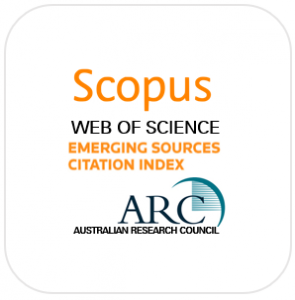Vol. 10, No. 1 (2014): 1-32
Abstract
The present national history of the Sultanate of Brunei includes a fabricated history of official Brunei-China relations that extends as far back as the sixth century AD. The present paper treats the subject of Boni, a place well documented by pre-modern Chinese sources starting from the tenth century. It attempts to address some major issues in the use of these sources to establish Boni as a precursor of modern Brunei. Since the late 1970s writers within Brunei, foremost among them Robert Nicholl, have contributed to the project of a long history of pre-modern Brunei by interpreting the available Chinese sources very narrowly. Based on a close reading of the original texts, this essay argues that the majority of the texts until the Ming dynasty quote from the first extant source in the tenth century. Hence, official Chinese perception of Boni did not increase over time, but in fact did stagnate. Consequently, identification with a specific location in Borneo, as Nicholl and C. Brown suggested, is impossible. What the essay suggests is that with the extant official pre-modern Chinese texts Boni cannot be established as Brunei, but that more likely, Boni under different dynasties referred to various places on the north coast of Borneo.
Author’s bio
Johannes L. Kurz (PhD in Classical Chinese Studies, University of Heidelberg, 1993), after graduating worked as an assistant professor in the Institute of Oriental Studies at the University of Kiel, Germany. In 1998 he joined the history department at Universiti Brunei Darussalam. He specialises in the history of China from the tenth to the eleventh centuries. He has published two books, the latest being China’s Southern Tang Dynasty 937–976 (Routledge, 2011) and a number of articles on this topic. In addition, he is interested in the relations between China and Southeast Asia and their descriptions in Chinese sources. A recent article on one of many aspects of this field has been published as “Pre-modern Chinese Sources in the National History of Brunei: The Case of Poli,” in Bijdragen tot de Taal-, Land- en Volkenkunde 169 (2013): 213–243. Another area of interest is the depiction of the South China in pre-modern Chinese sources and their interpretation by historians in China as well as in the West.
Download

